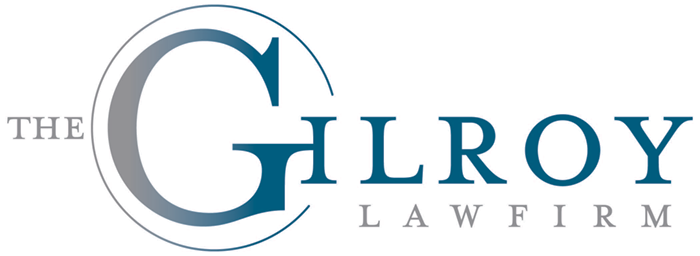Understanding The Corporate Shield from Liability
Corporations are liable for actions, but the Shareholders are not. The shareholders are shielded from liability, except for the amount of the shareholder’s investment into the Company. IF Corporate Records with the Secretary of State are kept up to date and Business Licenses are paid and Corporate Books are not commingled with personal finances, then a Corporation shields its owners from liability. The corporate shield is known as the “corporate veil,” which allows owners’ personal assets to be protected from creditors of the business.
NOTE: Be sure to sign all business documents on behalf of the Business with your Business Title, i.e. do NOT sign as an individual.
Take the Test - Corporate Veil
When a person dominates a business, the business is just the “alter-ego” of that person. So, the Court’s have disregarded the entity’s corporate shield and allowed creditors to not only access corporate assets but also the assets of the owners of that company. This is known as “piercing the corporate veil.”
The test to pierce the veil or shield is:
1. The Controlling Shareholder or Entity dominates the finances, policy, business practices in the transaction subject to the dispute;
2. The shareholder used control to commit fraud, wrongdoing or for unjust cause to circumvent the creditor’s rights; and
3. The control and breach of duty caused the injury or alleged loss to the creditor.
The Court looks at these criteria to answer those questions:
4. Who operates ownership of the corporation,
5. The identity of its officers and directors,
6. Inadequate capitalization,
7. Commingling of funds and property,
8. Commingled financing,
9. Sharing of employees,
10. Whether subsidiary takes orders from the parent and
11. Whether corporate formalities are observed
It is best to maintain the shield or “veil”; make sure your business’ shield is fortified with business insurance.
Articles of Interest
More information coming soon!
